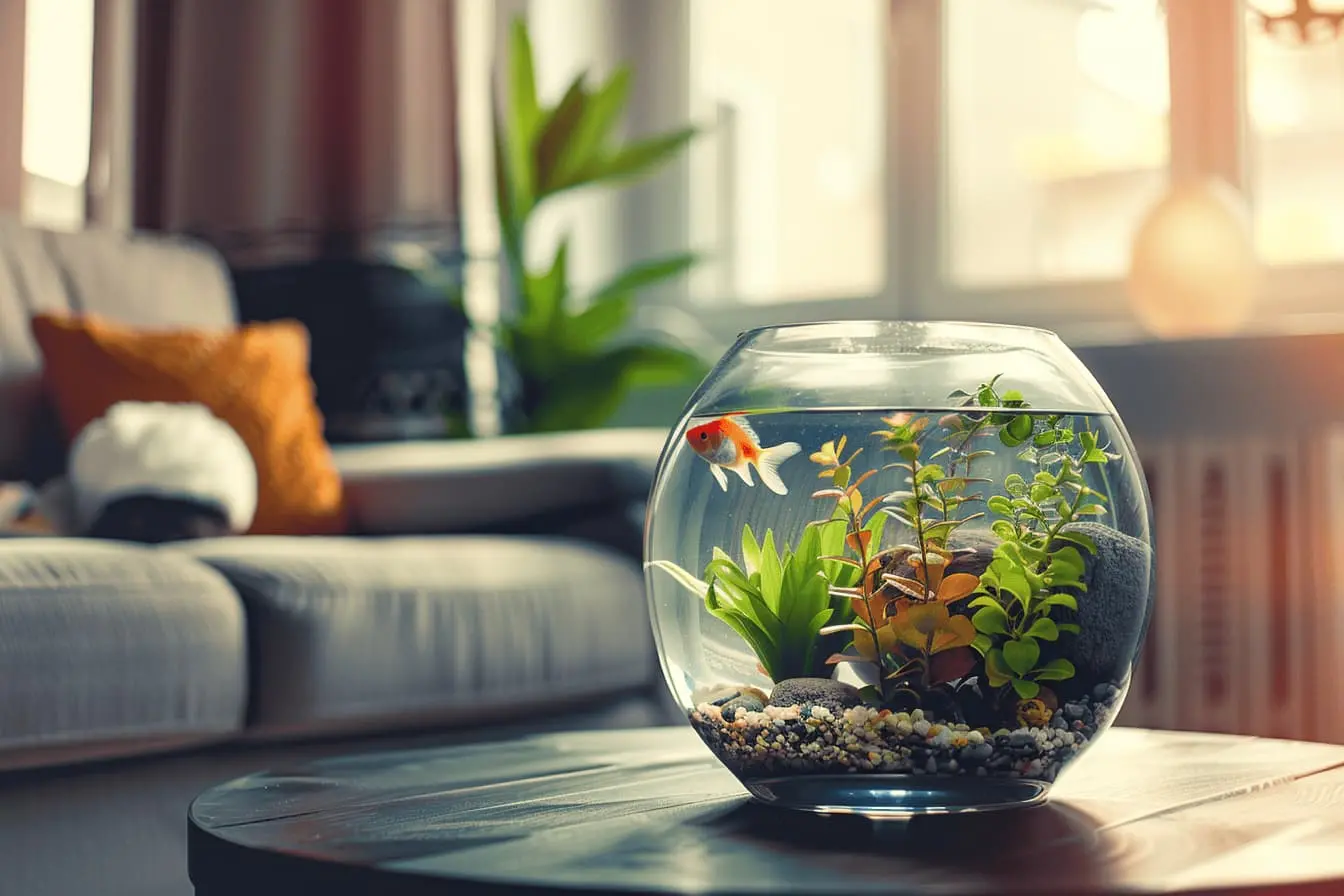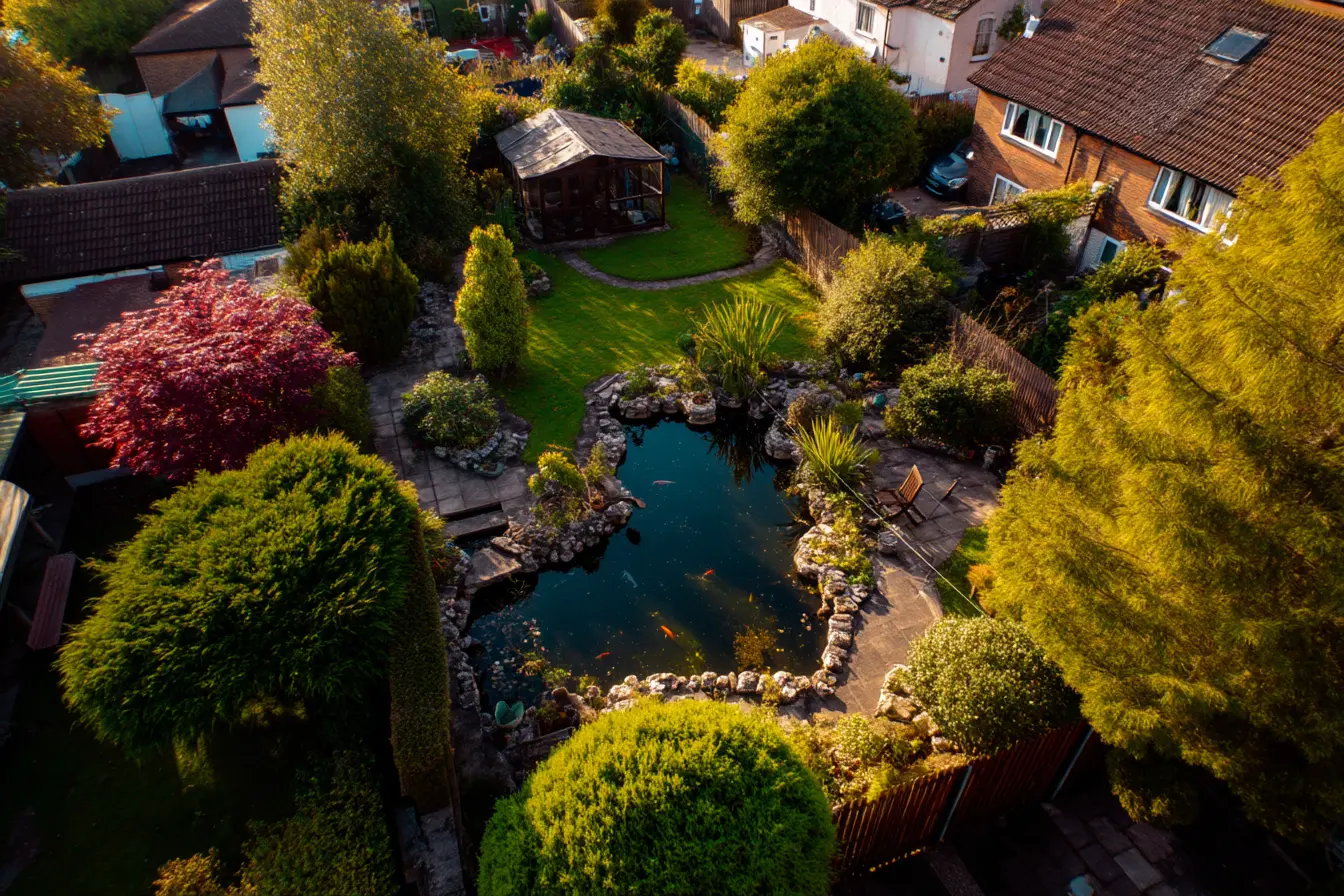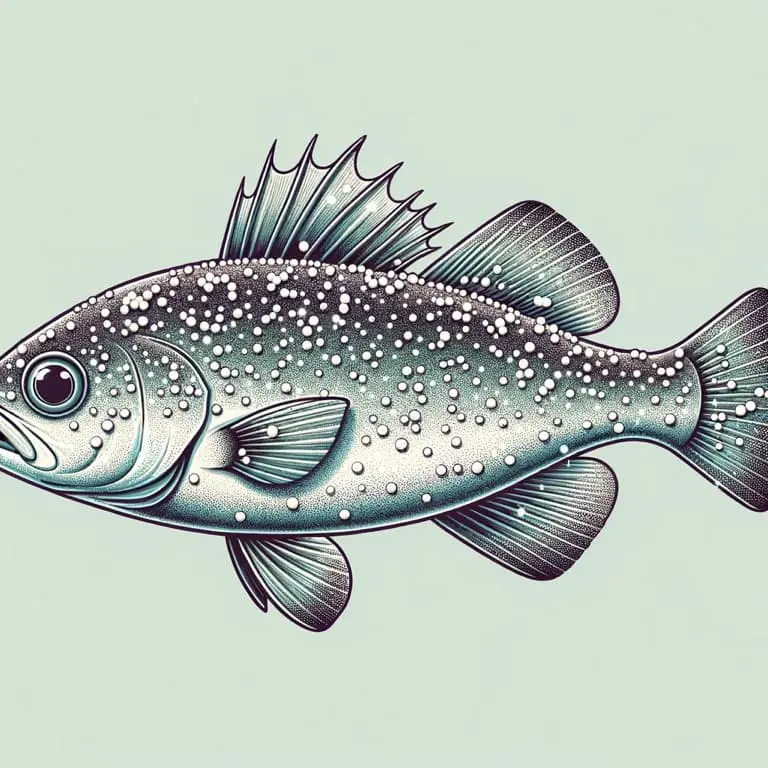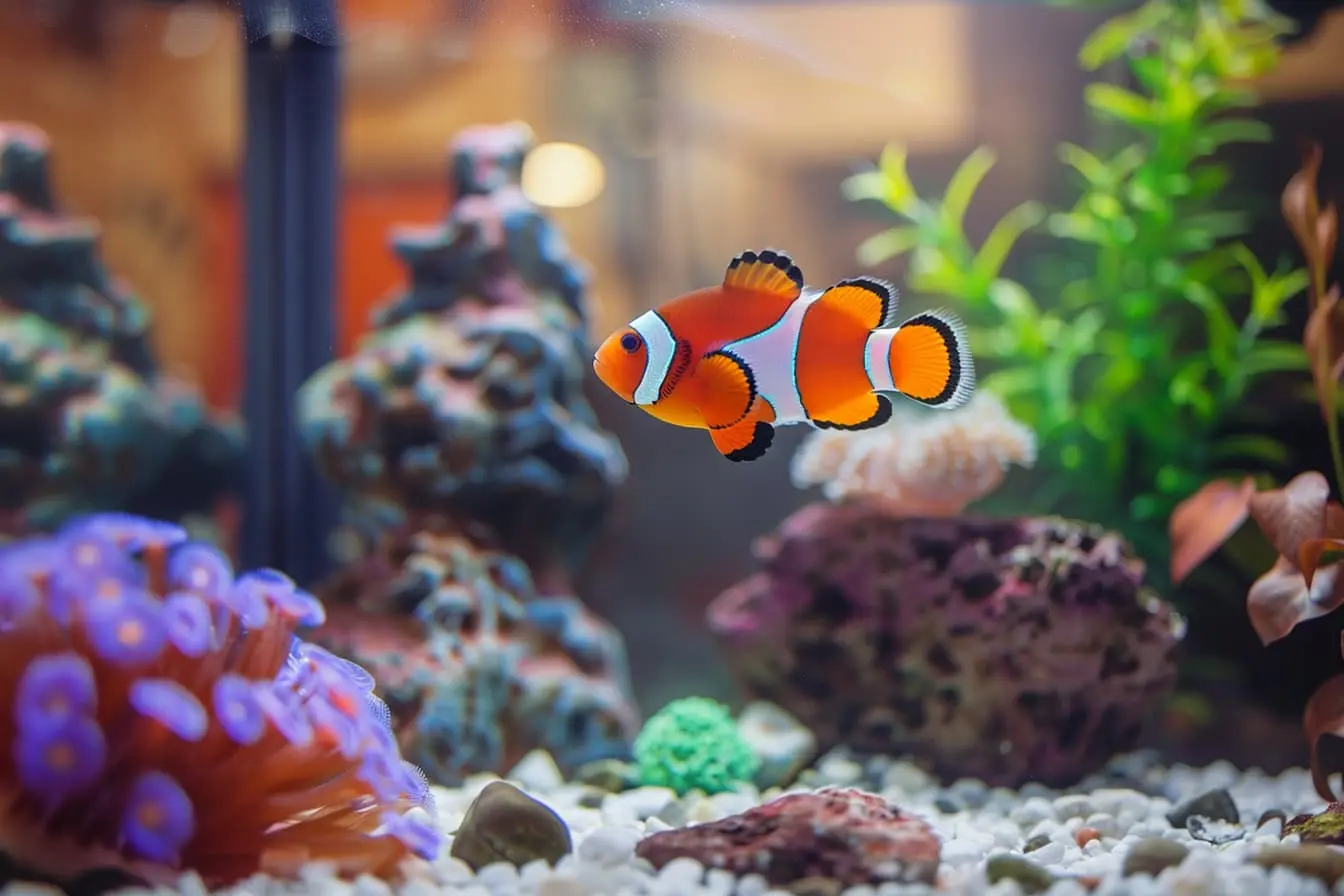
Aquarium Cuisine: What Should You Be Feeding Your Aquatic Friends
Welcome to the ultimate guide on feeding your aquarium residents! Whether you're a seasoned aquarist or just dipping your toes into the water, understanding the dietary needs of your aquatic friends is crucial for their health and happiness.
Flake Food: The Staple Diet
What is it? Flake food is the most common type of food you'll find in the aquarium aisle. It's versatile, easy to store, and perfect for a wide range of fish species.
Pros
- Easy to feed — Just sprinkle some on the water surface.
- Nutritionally balanced — Many flake foods are formulated to provide a well-rounded diet.
- Convenient — Long shelf life and easy to find in stores.
Cons
- Not for bottom feeders — Flakes often don't reach the aquarium's bottom dwellers.
- Can pollute water — Uneaten flakes can decompose and affect water quality.
Best for community tanks with surface and mid-water feeders like tetras, guppies, and angelfish.
Pellet Food: Sinking and Floating Varieties
What is it? Pellet food comes in various sizes and densities, catering to both surface feeders and bottom dwellers like loaches and catfish.
Pros
- Targeted feeding — Sinking pellets are great for shy or bottom-feeding fish.
- Less waste — Fish tend to consume pellets more completely, reducing water pollution.
- Variety — Available in formulations for herbivores, carnivores, and omnivores.
Cons
- Overfeeding risk — It's easy to drop in too many pellets, leading to overeating and waste.
- May require soaking — Some pellets are quite hard and may need softening for smaller or younger fish.
Best for a broad range of species, including bottom feeders, larger fish, and species with specific dietary needs.
Live Food: A Natural Choice
What is it? Live food includes anything from brine shrimp and bloodworms to live plants for your herbivorous friends. It's as close to a natural diet as you can get.
Pros
- Highly palatable — Most fish and other aquatic animals love the taste of live food.
- Encourages natural behaviours — Hunting and pecking at live food can keep your pets active and entertained.
- Nutritional value — Often rich in proteins and fats, making them an excellent dietary supplement.
Cons
- Risk of disease — Live foods can carry parasites or bacteria.
- Inconvenience — Requires more effort to source and store compared to dry foods.
- Cost — Generally more expensive and less readily available.
Best for predatory fish, young fish (fry), and species requiring high protein diets or specific feeding behaviors. Also great for treating your community tank to a varied diet.
Specialised Diets for Snails, Loaches, and Shrimp
Snails
These guys are great at cleaning up algae, but they also appreciate blanched vegetables (like zucchini or cucumber) and specialized snail pellets that sink to the bottom.
For more information about keeping aquarium snails see our handy care guide here.
Loaches
Omnivorous loaches love sinking pellets, live foods (like bloodworms), and even some vegetables. They're not picky but do need a varied diet.
Shrimp
Shrimp are detritivores, meaning they'll eat just about anything, including algae, decaying plant matter, and specialized shrimp pellets. They're fantastic cleaners but also thrive with added vegetable matter and occasional protein treats.
For more information about keeping aquarium shrimp see our handy care guide here.
Wrapping Up
Feeding your aquarium inhabitants doesn't have to be a chore or a guessing game. By understanding the types of food available and the dietary needs of your aquatic pets, you can ensure they lead long, healthy, and happy lives. Remember, variety is the spice of life – this holds true for your aquarium's diet as well. Mixing different types of food not only meets the nutritional needs of your diverse tank inhabitants but also keeps them engaged and active.
So, next time you're at the pet shop or online shopping, consider picking up a mix of flake, pellet, and live foods. Your aquatic friends will thank you with vibrant colors, active displays, and overall well-being. Happy feeding!
Vets near you
Speciality vets
- Aquatics vet specialists
- Birds vet specialists
- Camelids vet specialists
- Cats vet specialists
- Cattle vet specialists
- Deer vet specialists
- Dogs vet specialists
- Equines vet specialists
- Exotic vet specialists
- Goats vet specialists
- Pigs vet specialists
- Poultry vet specialists
- Sheep vet specialists
- Small Mammals vet specialists
- Wild vet specialists



